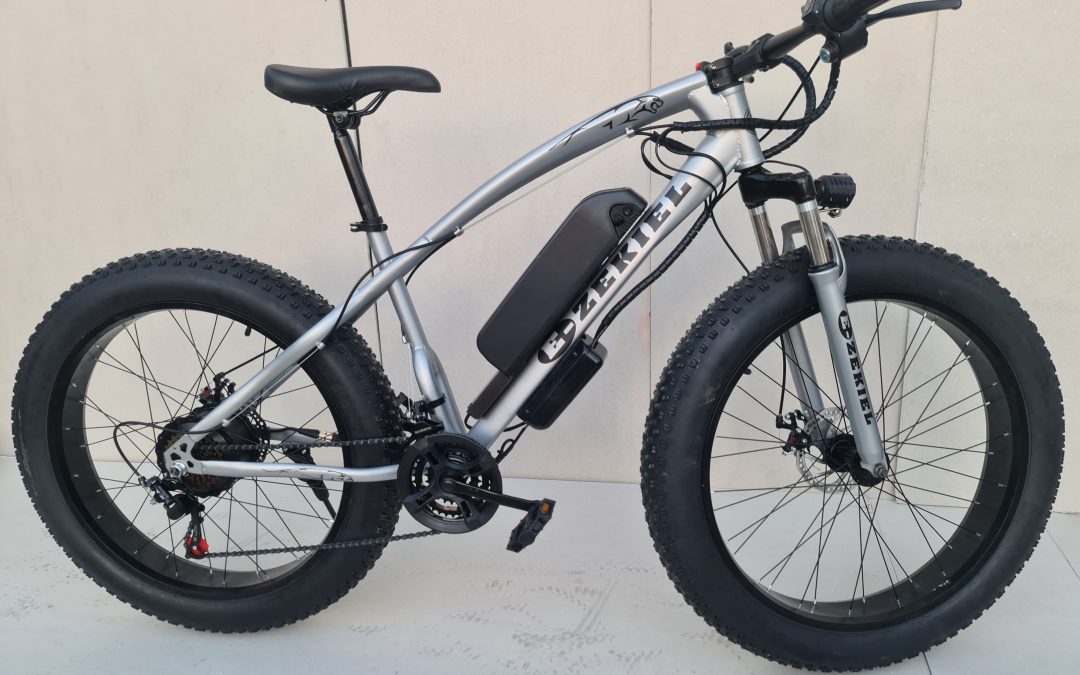Now that, here in the UK, winter has already made its presence felt, have you already consigned your e-bike to the garage? If so, get it back out.
Believe us, it’s perfectly fine to cycle in the snow and ice on your trusty metal steed. And, actually, it’s lovely going for an e-bike ride on a crisp, dry day with some late winter sun on your back. It’s just a matter of getting used to riding on snow. Want to know how? Well, read on:
Fat tyres and rough treads
First up you’ll want a bike with the right tyres. Here in the UK, you’re talking big, wide, tyres. The good news is that most new e-bikes in the UK these days have wide tyres and heavy suspension.
Having a wide tyre means your wheel is covering a bigger surface area on the road, grass or mud, giving you more stability. To provide extra grip you’ll also want those tyres of yours to have a pretty aggressive grip. And, when it comes to hard core winter -bike riding ie on ice, then you’re really looking at studded tyres.
The best type of e-bikes for cycling in winter conditions are trekking bikes and those designed to go up mountains ie e-mtbs with tyres boasting chunky widths of at least 2.8 to 3.25 inches. In fact, with rubber bands of 3.25 inches at the front and back of your bike you’ll positively ‘float’ over all that fresh, powdery snow.
If you have an e-road bike, don’t fret. This doesn’t mean that you can’t venture out in the winter, especially if your wheel forks can take a switch of tyre to one that’s a little wider and with grips. That should do the job nicely, provided the snow’s not too compacted.
Mid-hub bikes are best for winter e-biking
Bikes were the battery is in the middle of the bike give you the best stability for coping with tricky road conditions. Rear hubs are also good but if your bike has a front wheel hub then you’re going to have to concentrate very hard on avoiding any front wheel spin.
Get a bigger battery in cold conditions
Don’t expect to get as far on your bike as usual with the same length of battery charge. That’s because plummeting temperatures will have a negative effect on the performance of your battery. It’s just not going to work as well and the charge will last around half as long. One of the main reasons for this is because it will be working much harder to force the snow out of the way – that’s especially the case with the wider tyres.
Winter riding technique
Since you may be unsure of what exactly is under the snow (ie black ice – yikes!) then ride slower than you would if the ground was dry. Brake gently to avoid skidding, especially if you’re not on an e-mtb and don’t have studded tyres.
Actually, another tip for e-biking in the snow and ice is to drop the tyre pressure by at least 50 per cent as this will give you better grip – provided the snow isn’t too compacted.




